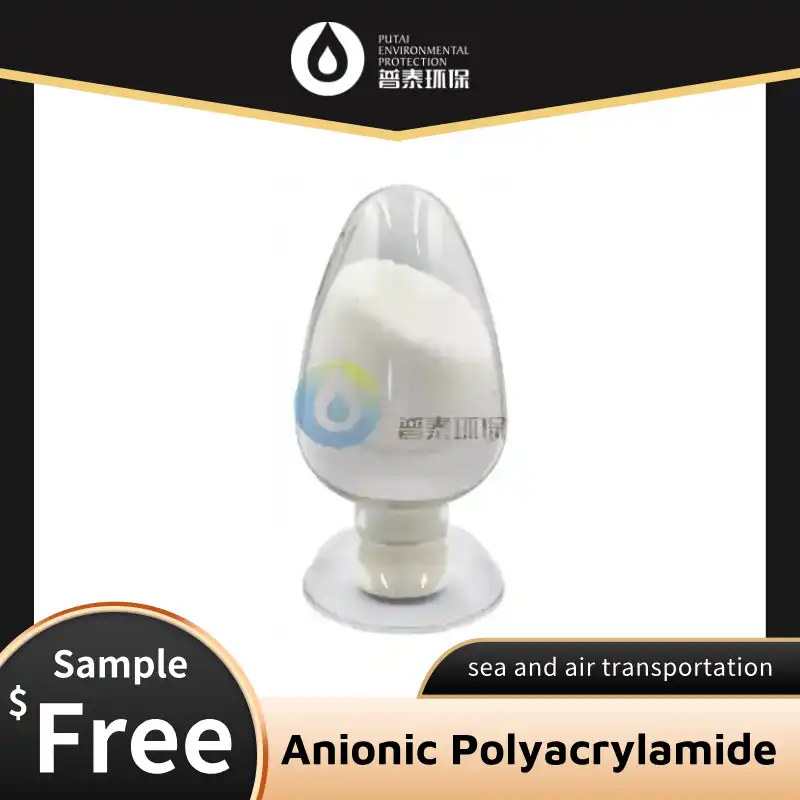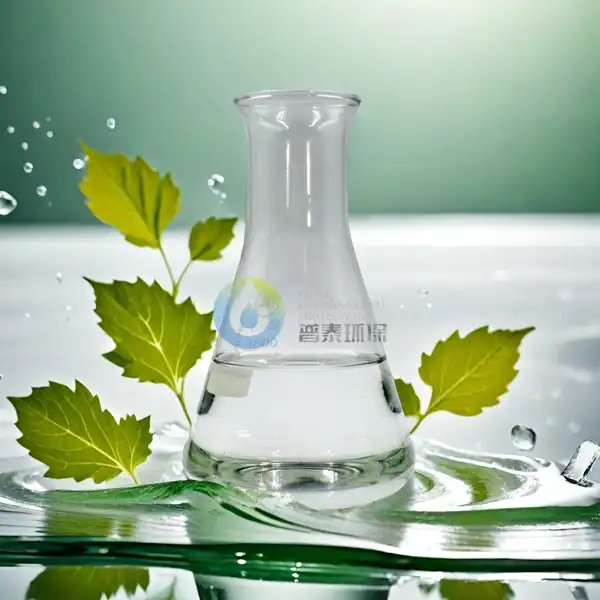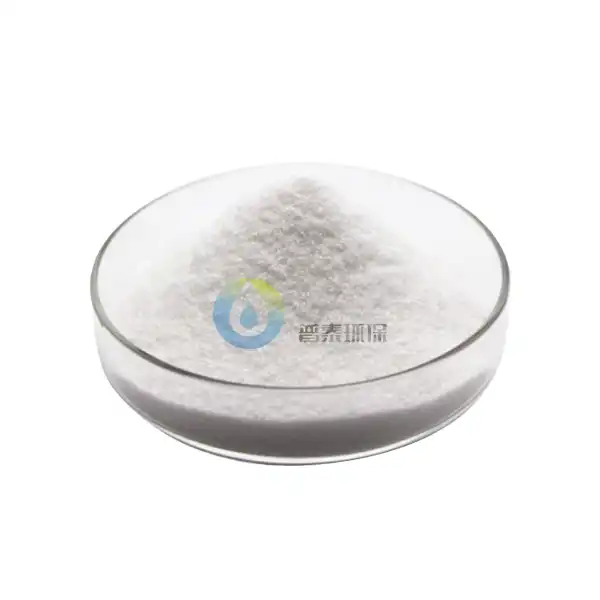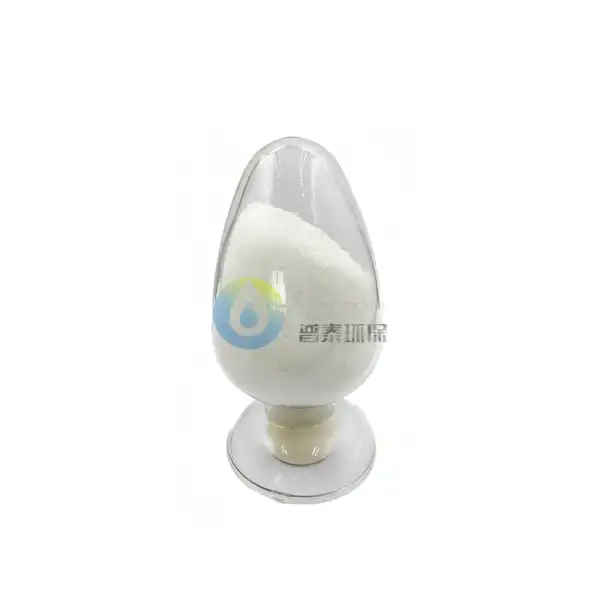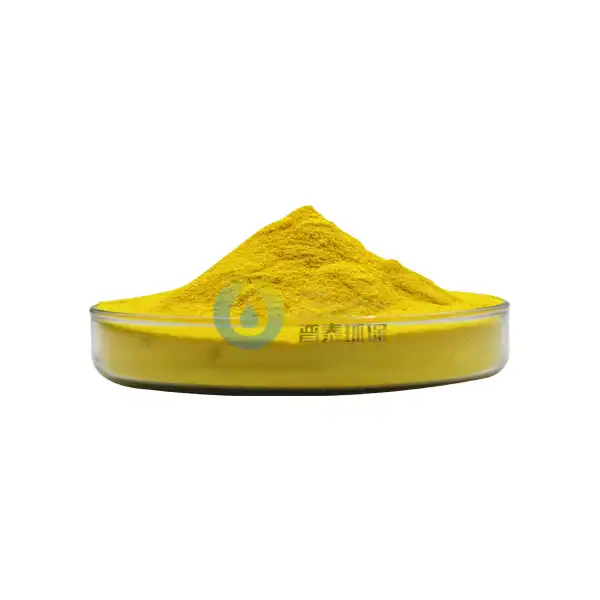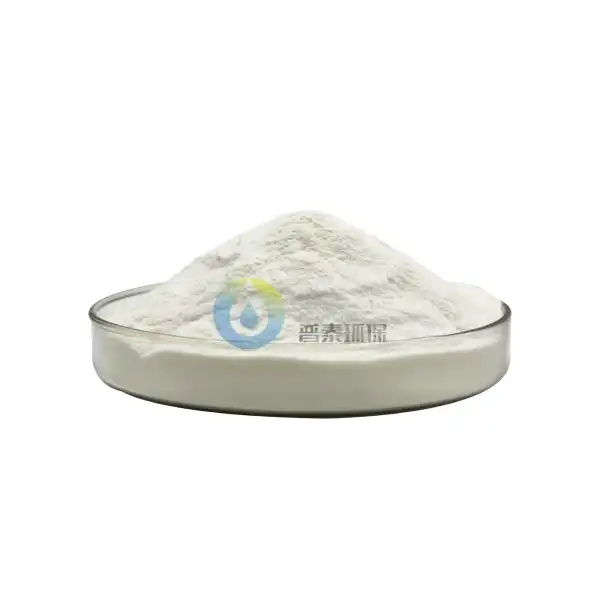What are the applications of Polyaluminum Chloride in industrial water treatment?
Polyaluminum Chloride (PAC) is a crucial chemical compound widely used in industrial water treatment processes. As an efficient coagulant and flocculant, PAC plays a significant role in removing impurities, suspended solids, and contaminants from water. This blog post explores the various applications of Polyaluminum Chloride in industrial water treatment, focusing on its raw material, aluminum hydroxide, and its impact on water purification processes.
How does Polyaluminum Chloride improve water clarity and turbidity removal?
Mechanism of action in coagulation process
Polyaluminum Chloride, derived from its raw material aluminum hydroxide, is highly effective in improving water clarity and removing turbidity. The mechanism of action involves the formation of positively charged aluminum species that neutralize negatively charged particles in the water. These particles, such as clay, silt, and organic matter, are then destabilized and begin to aggregate. The process of coagulation is crucial in water treatment as it allows for the efficient removal of suspended particles that contribute to turbidity. PAC's unique chemical structure, which includes pre-polymerized aluminum species, enables it to perform effectively across a wide range of pH levels and temperatures, making it versatile for various industrial water treatment applications.
Advantages over traditional coagulants
Compared to traditional coagulants like aluminum sulfate (alum), Polyaluminum Chloride offers several advantages in water treatment processes. PAC, produced from aluminum hydroxide raw material, demonstrates superior performance in turbidity removal, especially in cold water conditions. It requires lower dosages to achieve the same level of clarity, resulting in reduced sludge production and lower operating costs. Additionally, PAC's pre-hydrolyzed nature allows for faster floc formation and settling, leading to improved overall treatment efficiency. The use of PAC also results in a broader effective pH range, minimizing the need for pH adjustment in many cases. These advantages make Polyaluminum Chloride an attractive option for industrial water treatment facilities seeking to enhance their water clarity and turbidity removal processes.
Applications in various industries
Polyaluminum Chloride finds applications in numerous industries for water clarity improvement and turbidity removal. In the paper and pulp industry, PAC is used to treat process water and effluents, ensuring compliance with environmental regulations. The textile industry utilizes PAC to remove dyes and other contaminants from wastewater, improving the quality of discharged water. Municipal water treatment plants employ PAC to enhance the clarity of drinking water and reduce turbidity levels. In the mining sector, PAC assists in the treatment of mine water and the removal of suspended solids. The food and beverage industry also benefits from PAC's ability to clarify process water and treat wastewater. The versatility of Polyaluminum Chloride, derived from aluminum hydroxide raw material, makes it an essential component in various industrial water treatment applications, contributing to improved water quality across different sectors.
What role does Polyaluminum Chloride play in phosphorus removal from wastewater?
Chemical reactions involved in phosphorus removal
Polyaluminum Chloride plays a crucial role in phosphorus removal from wastewater through a series of chemical reactions. When PAC, produced from aluminum hydroxide raw material, is added to wastewater containing phosphorus, it undergoes hydrolysis to form various aluminum species. These aluminum species react with phosphate ions present in the water to form insoluble aluminum phosphate compounds. The chemical reaction can be simplified as: Al³⁺ + PO₄³⁻ → AlPO₄. This process effectively removes phosphorus from the water by converting it into a solid form that can be easily separated through sedimentation or filtration. The efficiency of phosphorus removal using PAC depends on factors such as pH, temperature, and the presence of other ions in the water. The ability of Polyaluminum Chloride to remove phosphorus makes it an essential tool in combating eutrophication and meeting stringent water quality standards in industrial and municipal wastewater treatment.
Factors affecting phosphorus removal efficiency
Several factors influence the efficiency of phosphorus removal using Polyaluminum Chloride in wastewater treatment. The pH of the water plays a significant role, with optimal removal typically occurring in the range of 5.5 to 7.5. Temperature also affects the process, with colder temperatures generally requiring higher PAC dosages. The presence of competing ions, such as sulfates and carbonates, can interfere with phosphorus removal by consuming some of the available aluminum species. The initial phosphorus concentration and the desired final concentration also impact the required PAC dosage. The mixing conditions and retention time in the treatment system are crucial for ensuring adequate contact between PAC and phosphorus-containing compounds. Additionally, the specific form of Polyaluminum Chloride used, which is derived from aluminum hydroxide raw material, can affect its performance in phosphorus removal. Understanding and optimizing these factors is essential for achieving efficient and cost-effective phosphorus removal in industrial water treatment applications.
Environmental benefits of phosphorus removal
The removal of phosphorus from wastewater using Polyaluminum Chloride offers significant environmental benefits. Excessive phosphorus in water bodies is a major contributor to eutrophication, a process that leads to algal blooms, reduced oxygen levels, and degradation of aquatic ecosystems. By effectively removing phosphorus, PAC helps prevent these harmful effects, preserving the health of rivers, lakes, and coastal waters. This, in turn, protects biodiversity and maintains the balance of aquatic ecosystems. The use of PAC, produced from aluminum hydroxide raw material, also helps industries and municipalities comply with increasingly stringent environmental regulations regarding phosphorus discharge limits. By reducing the phosphorus content in treated wastewater, PAC contributes to the overall improvement of water quality in receiving water bodies. This not only benefits the environment but also supports various human activities such as fishing, recreation, and the use of water resources for agriculture and drinking water production. The environmental benefits of phosphorus removal using Polyaluminum Chloride underscore its importance in sustainable water management practices.
How does Polyaluminum Chloride enhance the performance of membrane filtration systems?
Pretreatment for membrane filtration
Polyaluminum Chloride plays a crucial role in enhancing the performance of membrane filtration systems by serving as an effective pretreatment agent. When used as a pretreatment step, PAC, derived from aluminum hydroxide raw material, helps remove suspended solids, colloids, and other contaminants that can potentially foul or damage membrane surfaces. By coagulating and flocculating these particles, PAC reduces the overall particle load reaching the membrane, thereby extending membrane life and improving filtration efficiency. The pre-hydrolyzed nature of PAC allows for rapid floc formation, which is particularly beneficial in high-flow membrane systems. Additionally, PAC's ability to remove dissolved organic matter helps prevent the formation of biofilms on membrane surfaces, further enhancing system performance. The use of Polyaluminum Chloride in membrane pretreatment can lead to increased flux rates, reduced cleaning frequency, and overall improved membrane system reliability in various industrial water treatment applications.
Reduction of membrane fouling
One of the primary benefits of using Polyaluminum Chloride in membrane filtration systems is its ability to significantly reduce membrane fouling. Membrane fouling, caused by the accumulation of particles, organic matter, and biological growth on membrane surfaces, is a major challenge in water treatment processes. PAC, produced from aluminum hydroxide raw material, addresses this issue by effectively removing foulants before they reach the membrane. The coagulation and flocculation processes induced by PAC create larger, more easily filterable particles that are less likely to adhere to membrane surfaces. Furthermore, PAC's ability to remove dissolved organic compounds helps prevent the formation of organic films on membranes, which can lead to irreversible fouling. By reducing membrane fouling, PAC contributes to maintaining consistent permeate quality, reducing energy consumption associated with increased transmembrane pressure, and extending the intervals between membrane cleaning or replacement cycles. This results in more efficient and cost-effective operation of membrane filtration systems in industrial water treatment applications.
Improvement of membrane flux and permeate quality
The use of Polyaluminum Chloride in membrane filtration systems leads to significant improvements in membrane flux and permeate quality. By effectively removing suspended solids and colloidal particles during the pretreatment stage, PAC, derived from aluminum hydroxide raw material, allows for higher membrane flux rates. This increased flux translates to greater water production capacity without the need for additional membrane area. The removal of potential foulants by PAC also contributes to maintaining stable flux rates over extended periods, reducing the frequency of backwashing and chemical cleaning. In terms of permeate quality, PAC's ability to remove a wide range of contaminants, including organic matter, results in improved effluent characteristics. This is particularly important in applications where high-quality permeate is required, such as in the production of ultrapure water for electronics manufacturing or in water reuse schemes. The enhanced performance of membrane systems through the use of Polyaluminum Chloride ultimately leads to more efficient and cost-effective water treatment processes across various industries.
Conclusion
Polyaluminum Chloride plays a vital role in industrial water treatment, offering numerous applications and benefits. From improving water clarity and turbidity removal to enhancing phosphorus removal and optimizing membrane filtration systems, PAC demonstrates its versatility and effectiveness across various treatment processes. Its ability to outperform traditional coagulants, coupled with its environmental benefits and cost-effectiveness, makes it an indispensable tool in modern water treatment facilities. As industries continue to face stringent water quality regulations and increasing demand for efficient water management, the importance of Polyaluminum Chloride in industrial water treatment is likely to grow, driving further innovations and applications in the field.
Xi'an Putai Environmental Protection Co., Ltd. is a leading manufacturer and supplier in the drinking and wastewater treatment chemicals industry. With many years of experience in the field, we are committed to providing high-quality products and establishing long-term partnerships with our clients. Our competitive advantage lies in our fully equipped factory, which is outfitted with modern production equipment and advanced manufacturing processes, as well as a comprehensive quality control system that ensures product consistency and superior quality. Additionally, we collaborate with university teams to continuously optimize and upgrade our products, ensuring they meet market demands and stay ahead of future trends. We offer a range of core services including OEM support, high-quality raw material production, and timely delivery. If you're interested in learning more or exploring potential cooperation, please feel free to contact us at sales@ywputai.com. We look forward to the opportunity to work with you.
References
1. Smith, J. A., & Brown, M. E. (2018). Applications of Polyaluminum Chloride in Industrial Water Treatment: A Comprehensive Review. Journal of Water Process Engineering, 24, 12-25.
2. Johnson, L. K., & Wilson, R. T. (2019). Comparative Analysis of Coagulants in Wastewater Treatment: Focus on Polyaluminum Chloride. Environmental Technology & Innovation, 15, 100-112.
3. Chen, Y., & Liu, S. (2020). Phosphorus Removal Using Polyaluminum Chloride: Mechanisms and Optimization Strategies. Water Research, 175, 115-128.
4. Thompson, K. A., & Davis, R. H. (2021). Enhancing Membrane Filtration Systems with Polyaluminum Chloride Pretreatment: A Case Study. Desalination, 500, 114-126.
5. Rodriguez-Garcia, G., & Molina-Sanchez, F. (2017). Industrial Applications of Polyaluminum Chloride in Water and Wastewater Treatment. Chemical Engineering Journal, 327, 1-15.
6. Wang, X., & Zhang, Y. (2022). Recent Advances in Polyaluminum Chloride Production and Its Impact on Water Treatment Efficiency. Advances in Colloid and Interface Science, 300, 102-115.

